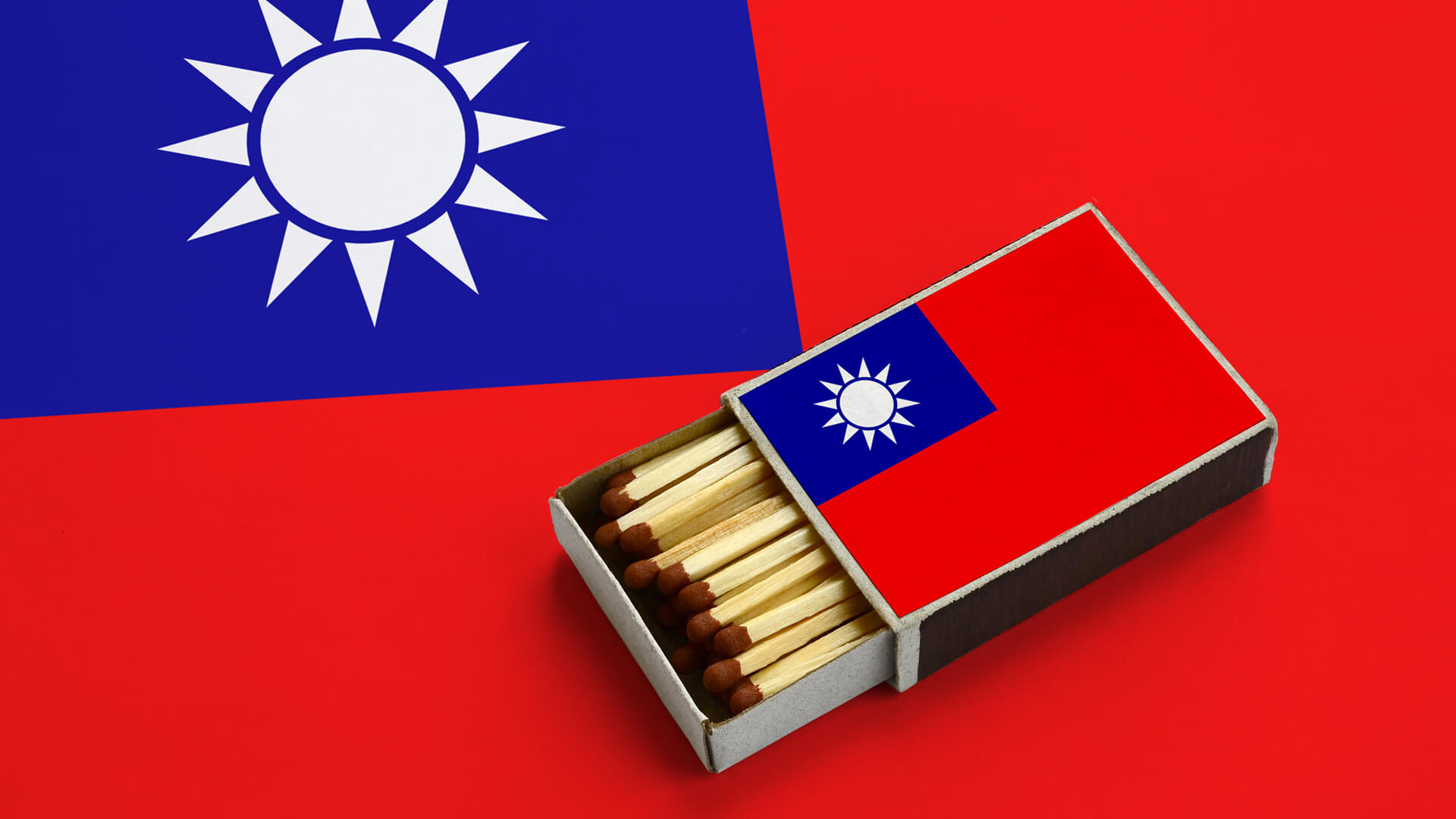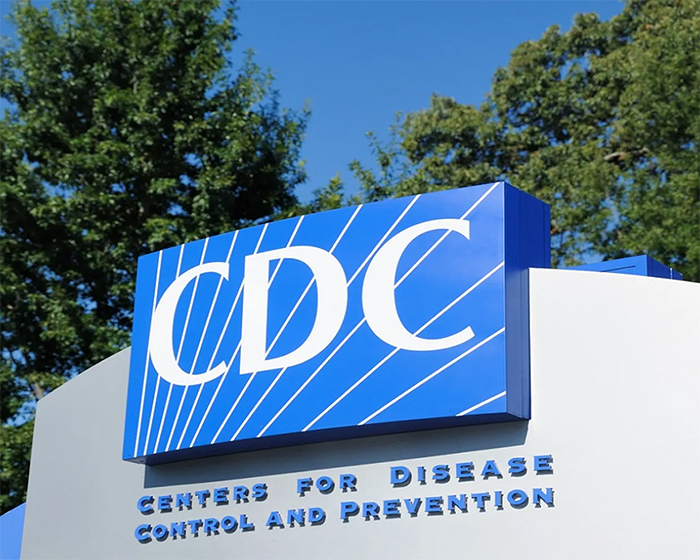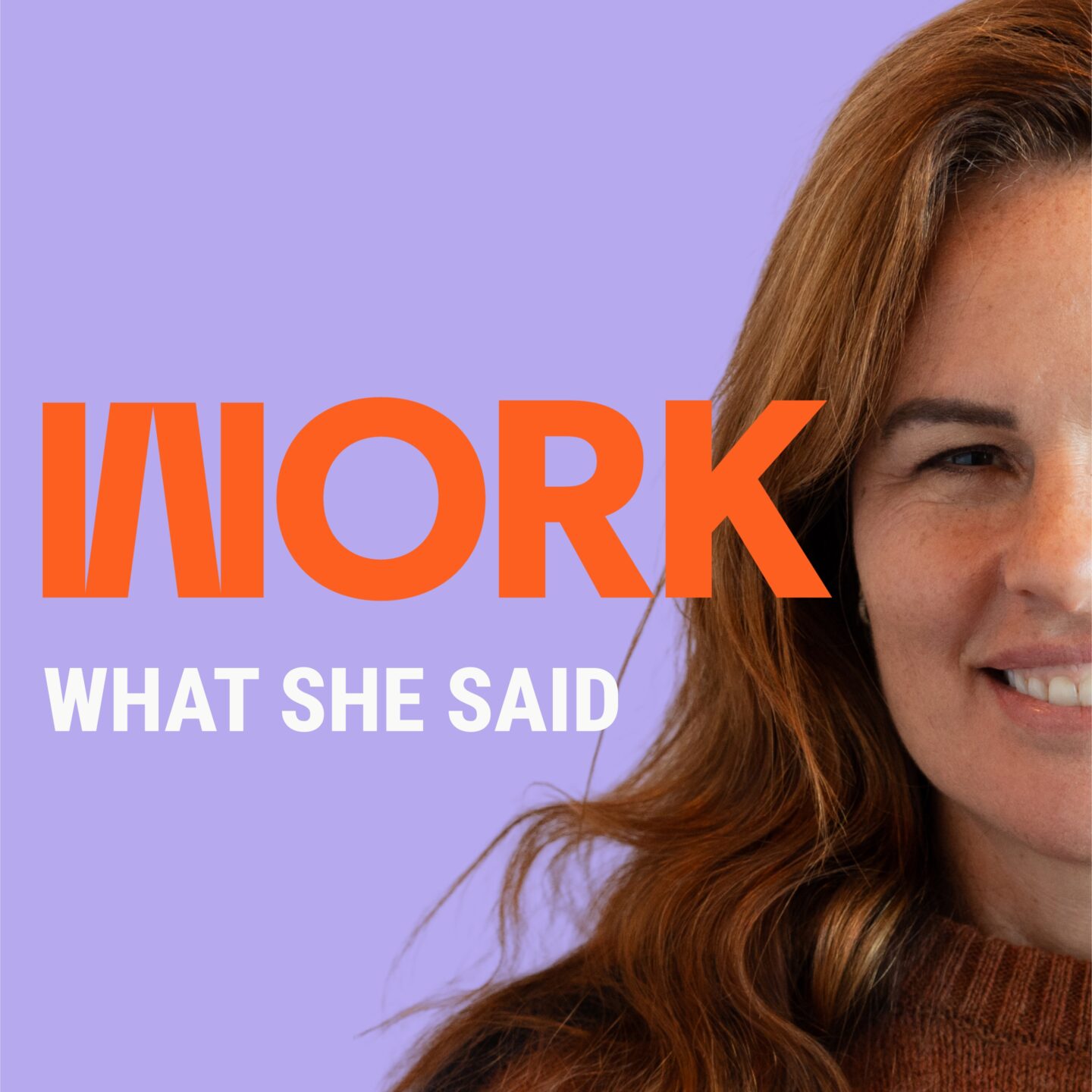
Peter Zeihan: What Would a Conflict in Taiwan Look Like?
Let’s discuss what China’s potential invasion of Taiwan would look like. Should China attack, both Biden and Trump have been explicit that the US would…
Thought Leader: Peter Zeihan

By David Frum
About the author: David Frum is a staff writer at The Atlantic and the author of Trumpocalypse: Restoring American Democracy (2020). In 2001 and 2002, he was a speechwriter for President George W. Bush.
Two rival Orthodox clerics, a Greek Catholic priest, a Jewish rabbi, and an imam didn’t walk into a bar. Instead, they starred in a video appeal released on March 16. The message of Avraham Wolf, the chief rabbi of Odessa and southern Ukraine, was especially pointed. Speaking in Russian with a Hebrew accent, he said: “Until two weeks ago, I was shy about not knowing [the] Ukrainian language. Today, I take great pride in living in a city where I can speak Russian and be understood by everyone, be helped by everyone.”
As war propaganda, the message was shrewdly targeted. Russian forces are poised to attack Odessa, claiming that they need to protect Russian speakers in the city from genocide at the hands of Ukrainian Nazis. What more powerful refutation could there be than the sight of the city’s religious leaders standing together?
Many in the West, and not only Moscow sympathizers, have long doubted that claim. When Russian President Vladimir Putin’s propaganda outlets, both foreign and domestic, accuse Ukraine of some special affinity for Nazi ideology, they are pressing on old sensitivities.
Shortly after Ukraine regained its independence in 1991, the CBS news program 60 Minutes, then near the peak of its influence, aired a segment attacking the new country as an incubator of murderous anti-Semitism. Hosted by Morley Safer, “The Ugly Face of Freedom” alleged that thousands of Ukrainians had volunteered for the SS and enthusiastically participated in Nazi atrocities against Ukrainian Jews.
The segment infuriated Ukrainian émigrés across North America, especially those in Canada, which had welcomed many Ukrainians displaced by World War II. One Canadian Ukrainian reacted by creating the website ukar.com, crammed with counteraccusations that the Stalinist terror famine in Ukraine in the early 1930s should be seen somehow as a “Jewish” atrocity against the Ukrainian people. The website also offered an early internet home to Holocaust deniers in Canada and elsewhere, Jewish groups alleged.
Ukar.com triggered a decade of litigation under Canadian human-rights law that culminated in the closing of the site and a defamation judgment against its owner and principal contributor. Canada is home to large and influential communities of both Ukrainians and Jews. The battles between the Canadian Jewish Congress and the Ukar site spread mutual resentment and suspicion.
One Canadian of Ukrainian origin decided to take a more responsible approach. James Temerty had found refuge with his family in Canada in 1950. He made a fortune in the electrical-power industry. The 60 Minutes episode and the Ukar aftermath inspired Temerty’s project: to study the ways that Jews and Ukrainians had coexisted and flourished—and to foster common understanding.
In 2008, he launched a group called the Ukrainian Jewish Encounter, to bring together Jews and Christians with ties to Ukraine at seminars in Ukraine, Israel, and North America. The organization published scholarly books and Holocaust memoirs, and supported translations from Hebrew to Ukrainian and vice versa. “Our stories are incomplete without each other” was the group’s motto. Although my own family roots lie farther north and west, inside what is now Poland, I’ve followed the contributions of the UJE for many years. Slowly, gradually, its patient work countered rancor and recrimination and encouraged mutual recognition of the traumas of both the Holodomor and the Holocaust.
I reached out to Temerty midway through the third week of this latest Russian aggression against Ukraine—as the whole world was rallied to Ukraine’s defense by its Jewish president. “You have to think there is maybe something supernatural,” Temerty began, but he could not quite finish his sentence.
“We shape our buildings,” Winston Churchill famously said, “and afterwards our buildings shape us.” The same can be said, even more emphatically, about our national myths and national identities. Tell your national past in a way that excludes and disparages, and you have created a tool for ideologies of persecution and domination. Tell your national past in a way that includes and honors, and you have laid the foundation for a free and democratic society.
Across Europe, societies have both flourished and faltered as they have widened their perspective on their identity. In the center of Kyiv stands a monument that exemplifies the challenge: an imposing equestrian statue, raised in the 1880s to a Cossack warlord of the 1600s, Bohdan Khmelnytsky.
Before Khmelnytsky, much of what is now Ukraine was ruled by Polish kings. Khmelnytsky led a successful rebellion against the Polish crown. He murdered Polish landlords and Polish Catholic priests when he could get them, but he above all targeted Jews. He killed thousands and enslaved thousands more. Khmelnytsky’s atrocities haunted Jewish memory for generations, until they were overshadowed by the even more terrible organized mass murder of the 20th century.
Despite his violence, Khmelnytsky could not secure his power. He struck a bargain with the Russian czar: He would accept Russian overlordship if Russia supported his regime. That pact became the basis for Russia’s eventual absorption of all Ukraine.
So why is there a big statue of Khmelnytsky in the center of Kyiv? In 1863, Poland launched a desperate rebellion against the Russian empire. Russia retaliated with the grim suppression of Polish autonomy and identity. In 1881, Czar Alexander II was assassinated. Because some Jews had been among the conspirators, some czarist officials blamed the killing on a Jewish plot. New anti-Semitic legislation was passed, and anti-Semitic pogroms were incited across the empire—especially in Kyiv, the biggest city in the empire in which Jews were permitted to live.
The official who organized the monument was himself a Russian, not a Ukrainian. In fact, his other noted accomplishment was to enact laws curtailing the use of the Ukrainian language. For him, Khmelnytsky symbolized the rightful domination of Russia, the rightful suppression of Poles and Jews. (The original design for the monument actually proposed that Khmelnytsky’s horse trample a Polish lord, a Catholic priest, and a Jewish leaseholder, above an inscription proclaiming—in Russian—that the statue honors “a united, indivisible Russia.”) The baton in Khmelnytsky’s hand points in the direction of Moscow, the capital of the one and indivisible Russia that the Cossack supposedly championed.
In the decades after the erection of the Khmelnytsky monument, Ukrainians were invited by the Nazis, by the Communists, and by foreign and domestic extremists of all description to define their identity against their neighbors. Today, though, it is Poland that is Ukraine’s most committed ally, Turkey that has provided Ukraine with tank-killing drones, and democratic protesters in the cities of Russia who offer the best hope for a speedy and humane return to peace.
In Ukraine, a new national myth is being created. It’s a myth of collective resistance to violent foreign tyranny, of a citizen army fighting for European liberal and democratic values. Wars almost always make societies more tribal, more authoritarian, more violent, and more inhumane. But sometimes—as with the Western Allies in World War II, the North in the U.S. Civil War, and perhaps now in Ukraine—a war for ideals and principles can challenge a society to become what it says it is fighting for, even if it does not yet wholly live up to the ideals it espouses.
If Ukraine survives and prevails, this new myth will propel the country toward a better future. Near the end of our conversation, Temerty joked to me about his pride in the vindication of his vision of Ukraine. “Do you think [the UJE] can go out of business now?” he asked. No, I replied, not now. Certainly not now. Not ever.
Peter Zeihan: What Would a Conflict in Taiwan Look Like?
Let’s discuss what China’s potential invasion of Taiwan would look like. Should China attack, both Biden and Trump have been explicit that the US would…
Thought Leader: Peter Zeihan
Dr. Sanjay Gupta: Rethinking Health Rules We Grew Up With
“Drink your milk,” we are told as children. CNN Chief Medical Correspondent Dr. Sanjay Gupta examines our practice of continuing to drinking cow’s milk as…
Thought Leader: Sanjay Gupta
Erika Ayers Badan: Turning What Fuels You Into Business
Kerri Rosenthal is an artist, a businesswoman, a mom, not someone giving up her ambition (is that what we’re supposed to be doing at work…
Thought Leader: Erika Ayers Badan

